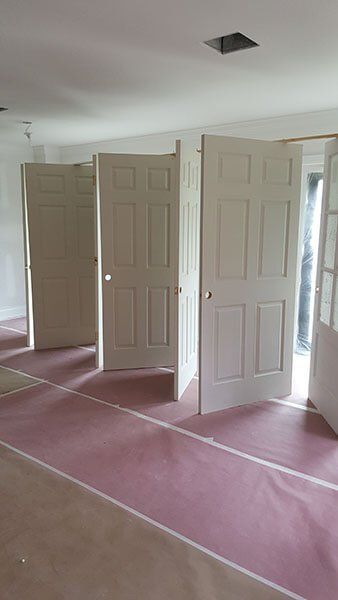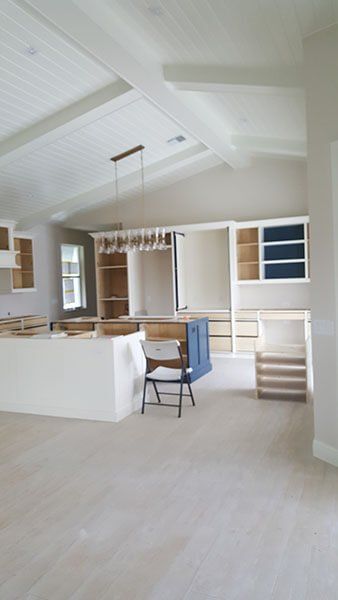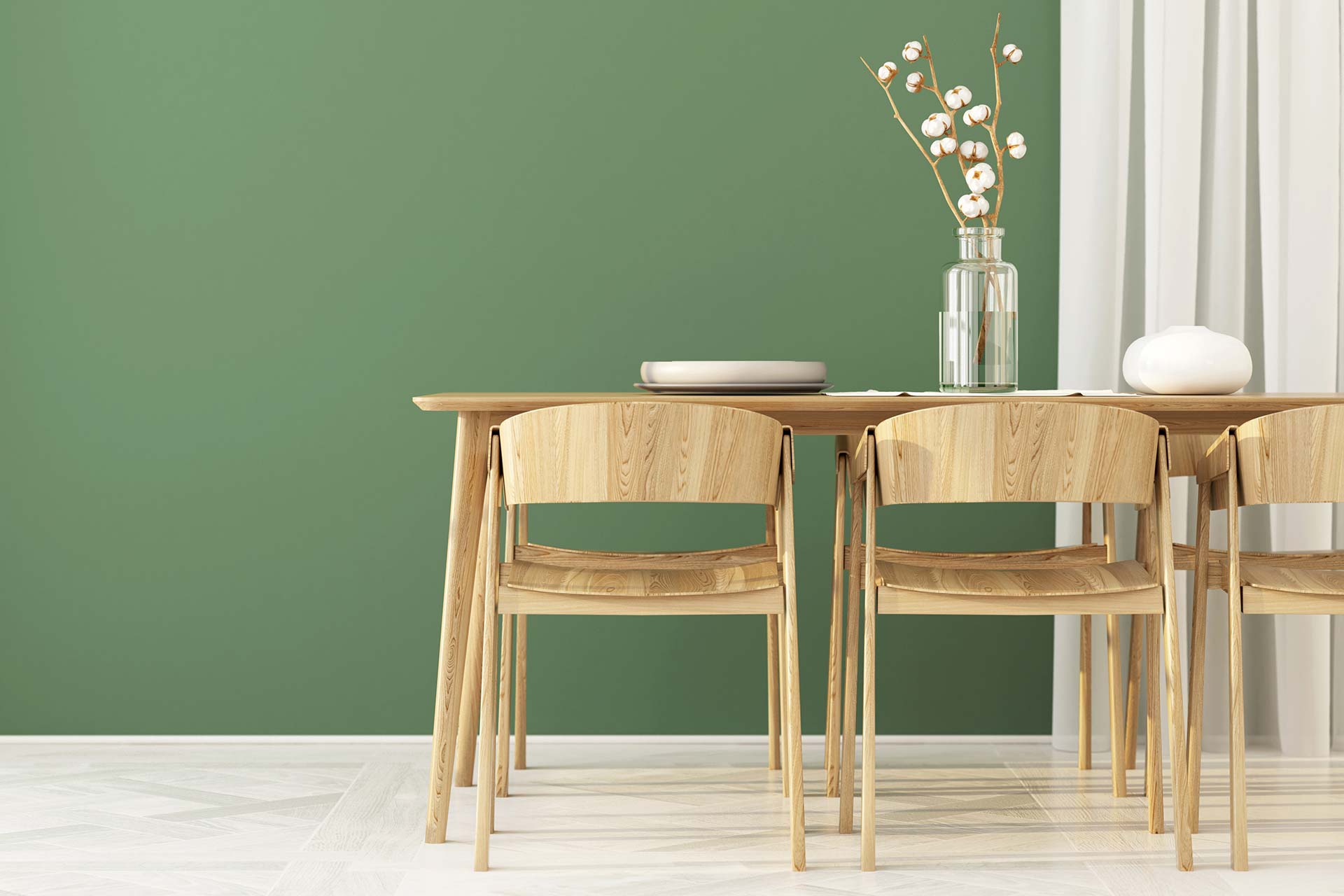How to Maintain and Clean Your Painting Tools and Equipment
Whether you're a professional artist or an enthusiastic hobbyist, properly maintaining and cleaning your painting tools and equipment is crucial for maintaining their performance and longevity. By taking good care of your brushes, palettes, easels, and other tools, you can ensure they remain in excellent condition and continue to deliver the best results for your artwork. In this article, we will discuss the benefits of maintaining and cleaning your painting tools and provide some tips on the best ways to clean and maintain them.
Best Way to Clean Your Painting Tools and Equipment:
Brushes:
Rinse brushes immediately after use in a container of water or solvent appropriate for the medium used (water for water-based paints, and solvent for oil-based paints).
- Gently wipe off excess paint on a lint-free cloth or paper towel.
- Use mild soap or brush cleaner and warm water to thoroughly clean the bristles.
- Shape the bristles back to their original form and allow them to air dry.
- Avoid leaving brushes in water or solvent for an extended period.
Palettes:
- Scrape off excess paint using a palette knife or scraper.
- Wash the palette with warm water and mild soap, using a brush or sponge to remove any remaining paint.
- Dry the palette thoroughly before use or storage.
Easels:
- Remove any loose dust or debris from the easel using a soft brush or cloth.
- Check for any loose screws or parts and tighten or repair them as necessary.
- For wooden easels, periodically apply a thin coat of varnish or wood conditioner to protect the wood and maintain its appearance.
Other Tools:
- Clean paint rollers, palette knives, and other tools by wiping them with a cloth or paper towel dipped in an appropriate solvent or warm soapy water.
- Dry the tools thoroughly before storing them to prevent rust or corrosion.
Benefits of Maintaining and Cleaning Your Painting Tools and Equipment:
Prolonged Lifespan:
Regular maintenance and cleaning can significantly extend the lifespan of your painting tools and equipment. By removing built-up paint, varnish, or other residues, you prevent them from hardening and damaging the bristles of your brushes, the surfaces of your palettes, and the moving parts of your easels. This ensures that your tools will continue to function properly for years to come.
Consistent Performance:
Clean and well-maintained painting tools offer consistent performance. When brushes are properly cleaned, they retain their original shape and texture, allowing you to achieve precise strokes and blend colors smoothly. Likewise, a clean palette provides a fresh surface for mixing paints accurately, and a well-maintained easel ensures stability and ease of use during your creative process.
Improved Health and Safety:
Properly cleaned tools contribute to a healthier and safer painting environment. Over time, dried paint or varnish on brushes can become brittle and break off, posing a potential hazard during use. By cleaning your tools regularly, you minimize the risk of loose particles falling into your artwork or being accidentally ingested. Additionally, maintaining clean equipment reduces the chances of cross-contamination between different colors or mediums.
Regular Maintenance Tips for Painting Tools and Equipment:
- Store brushes vertically or horizontally, bristle-side up, to maintain their shape.
- Avoid exposing your tools to extreme temperatures or direct sunlight, as this can damage the bristles, wooden parts, or plastic components.
- Keep your painting area clean and free from dust and debris to prevent them from accumulating on your tools.
- Inspect your tools periodically for signs of wear or damage and replace them if necessary.
- Proper Storage: Storing your painting tools and equipment correctly is essential for their maintenance. Brushes should be stored vertically or horizontally, with the bristles facing upward, to prevent deformation and maintain their shape. Palettes should be kept clean and dry, and easels should be stored in a safe and stable position to avoid any accidental damage. Proper storage protects your tools from dust, moisture, and potential physical harm.
- Periodic Inspections: Regularly inspecting your painting tools and equipment allows you to catch any signs of wear or damage early on. Check the bristles of your brushes for fraying or splitting, and replace them if necessary. Examine the joints and moving parts of your easel for any loose screws or connections and tighten them as needed. By addressing any issues promptly, you can prevent further damage and ensure that your tools remain in optimal condition.
- Cleaning Frequency: The frequency of cleaning your painting tools depends on the type of paint, medium, and the intensity of your usage. For brushes used with water-based paints, rinse them immediately after each use. Brushes used with oil-based paints can be cleaned with solvents like mineral spirits or turpentine. However, it's important to follow safety guidelines when working with solvents and ensure proper ventilation. Palettes and other tools should be cleaned after each painting session to maintain their functionality and prevent the buildup of dried paint.
- Professional Cleaning Services: In some cases, especially for intricate or specialized painting tools, it may be beneficial to seek professional cleaning services. Professional cleaners have the expertise and tools to deep-clean and restore your tools to their original condition. This can be particularly useful for expensive or delicate brushes, airbrushes, or other specialized equipment. Professional cleaning services can help you maintain the quality and performance of your tools without risking any damage.
Conclusion
Remember, the quality of your artwork is closely tied to the condition of your painting tools and equipment. By incorporating regular maintenance and cleaning practices into your artistic routine, you can ensure that your tools consistently deliver the best results. The effort you invest in preserving and caring for your tools will undoubtedly be reflected in the beauty and longevity of your artwork. So, make it a habit to clean and maintain your painting tools, and enjoy the benefits of a smooth and inspiring artistic journey.








